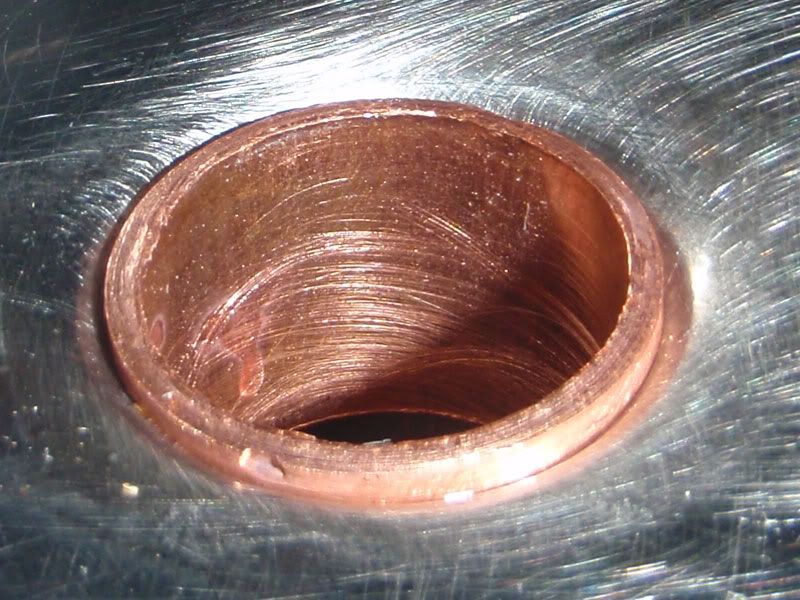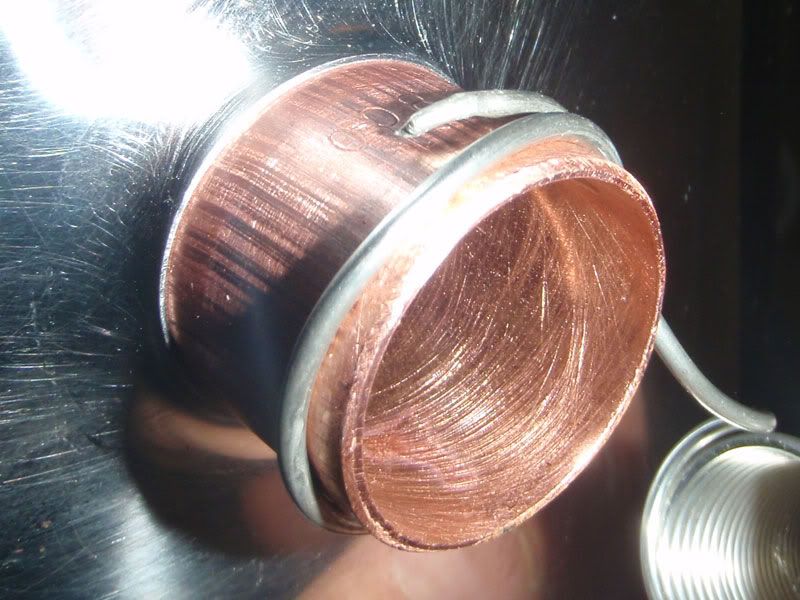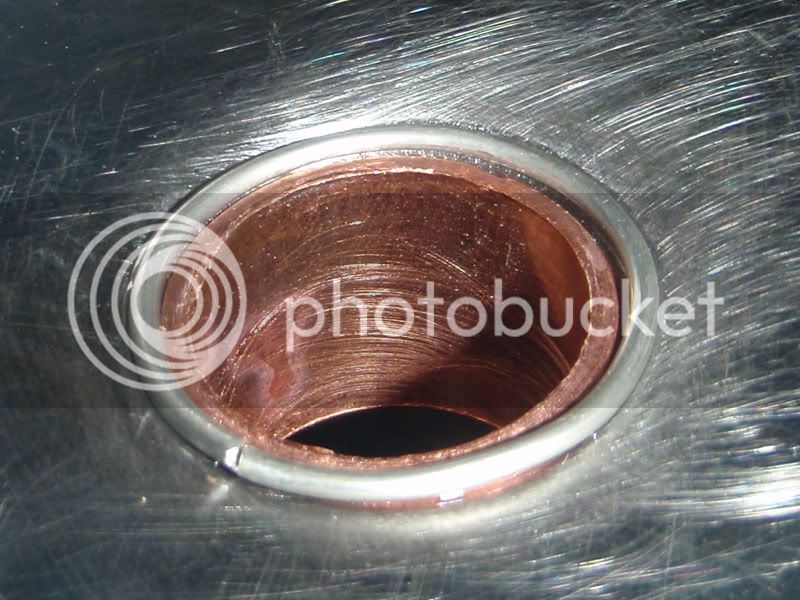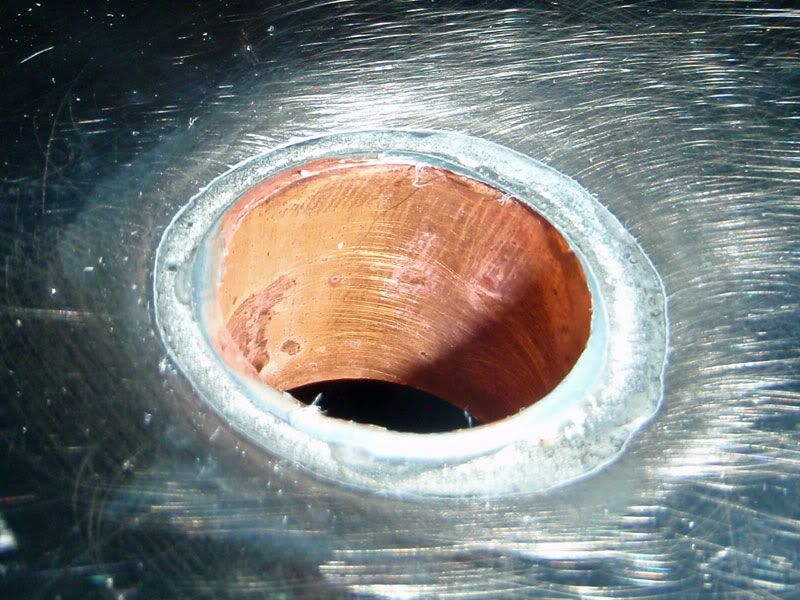Edit: I guess the two couplers are the least common parts.
Yepper. Also I got a grade 8 bolt from McMaster. Probably overkill, but that's what I do best.
In case the links don't work, part #'s (including that nice, shiny coupler and half coupler):
45605K711 Std-wall 304/304l Ss Butt-weld Pipe Fitting, Unthrd, 3/4" X 1/2" Pipe, 1-1/2"l, Reducer, Sch 40
4335T64 Unthrd, Low-pressure 304 Ss Sckt-weld Fitting, 1" Pipe Size, Coupling, 150 Psi
92620A810 Grade 8 Alloy Steel Hex Head Cap Screw, Zinc Yellow Pltd, 5/8"-11 Thrd, 4-1/2"l,fully Thrd
4464K224 Type 304 Ss Thrd Pipe Fitting, 1/2"pipe Sz, 1-1/16"od, Half Cplg,1000 Psi,11/16"l
4464K214 Type 304 Ss Thrd Pipe Fitting, 1/2" Pipe Size, 1-1/16" Od, Cplg,1000 Psi, 1-3/8"l
-Joe





































![Craft A Brew - Safale S-04 Dry Yeast - Fermentis - English Ale Dry Yeast - For English and American Ales and Hard Apple Ciders - Ingredients for Home Brewing - Beer Making Supplies - [1 Pack]](https://m.media-amazon.com/images/I/41fVGNh6JfL._SL500_.jpg)





















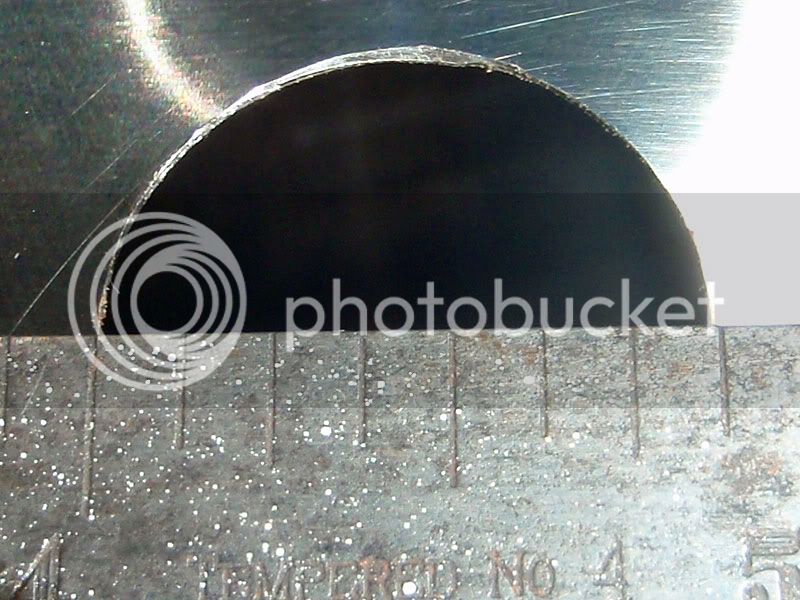
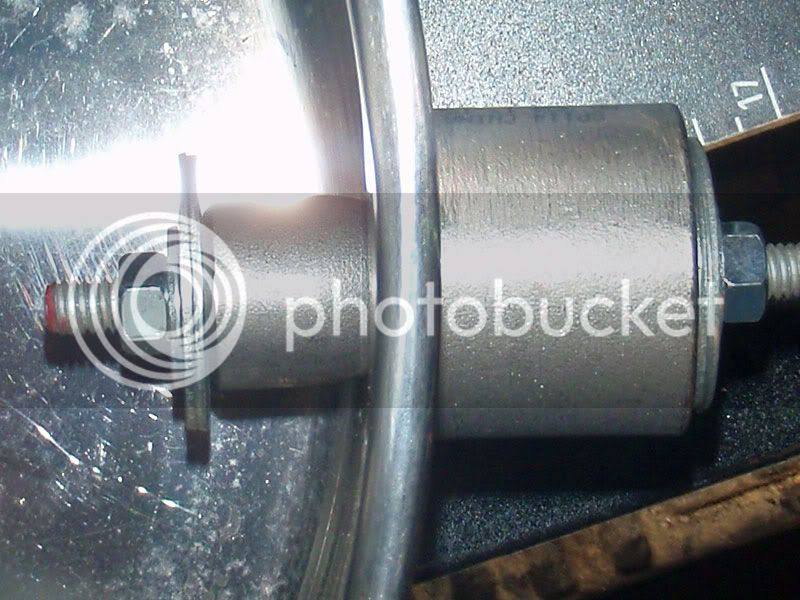
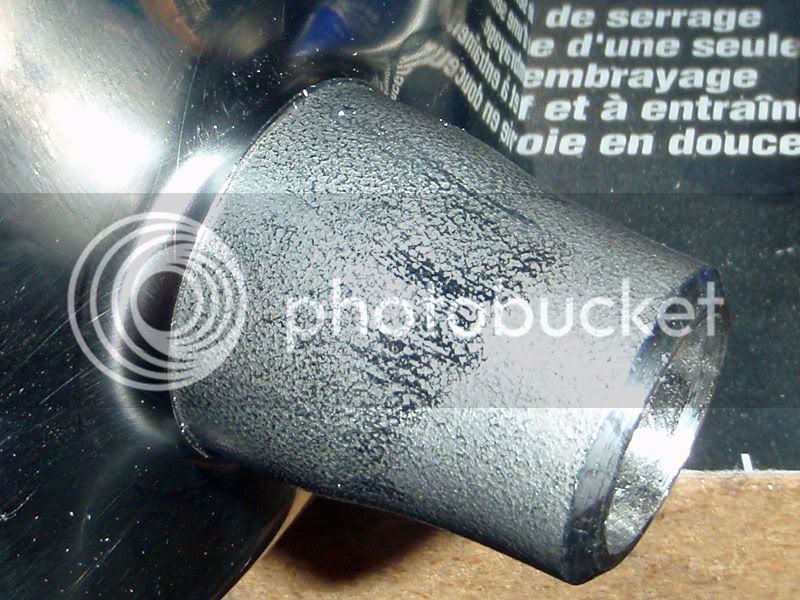
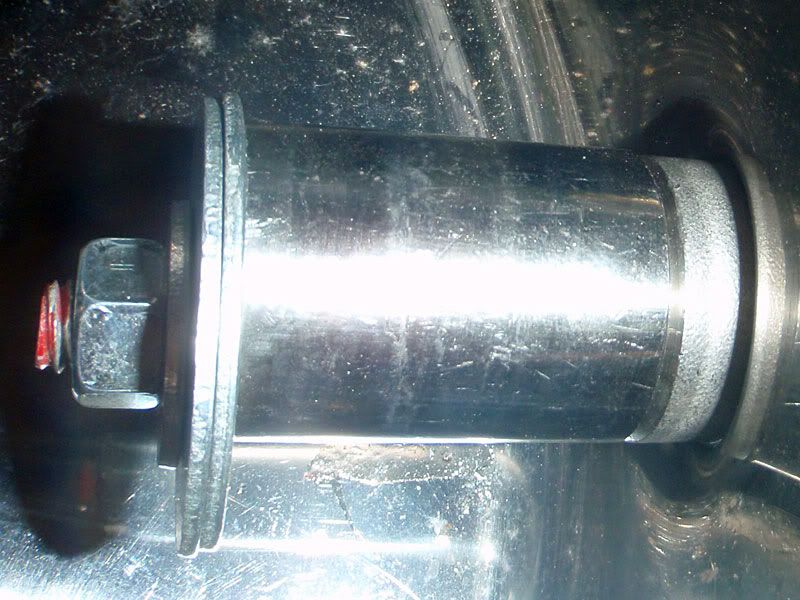
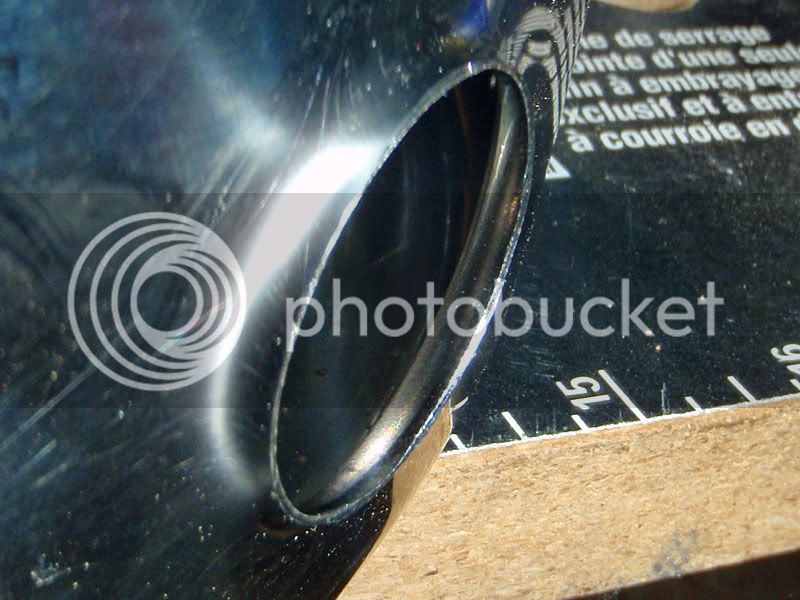
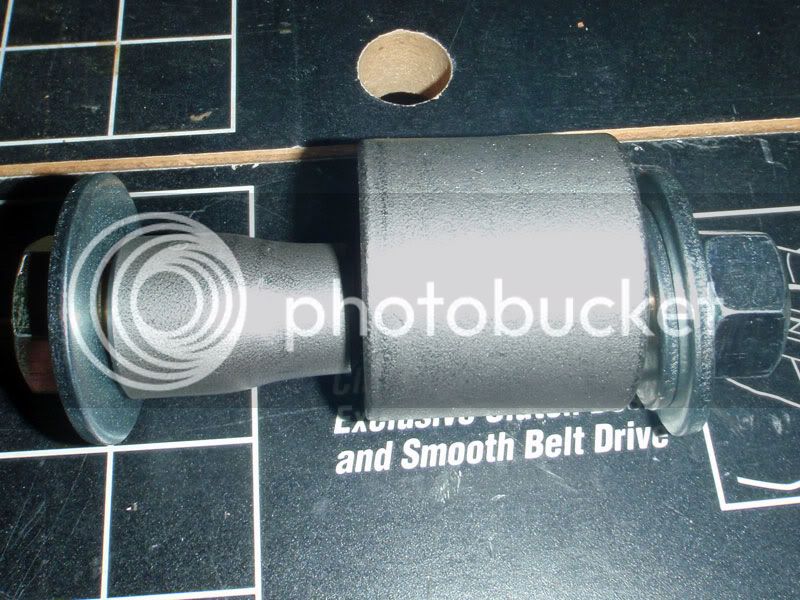
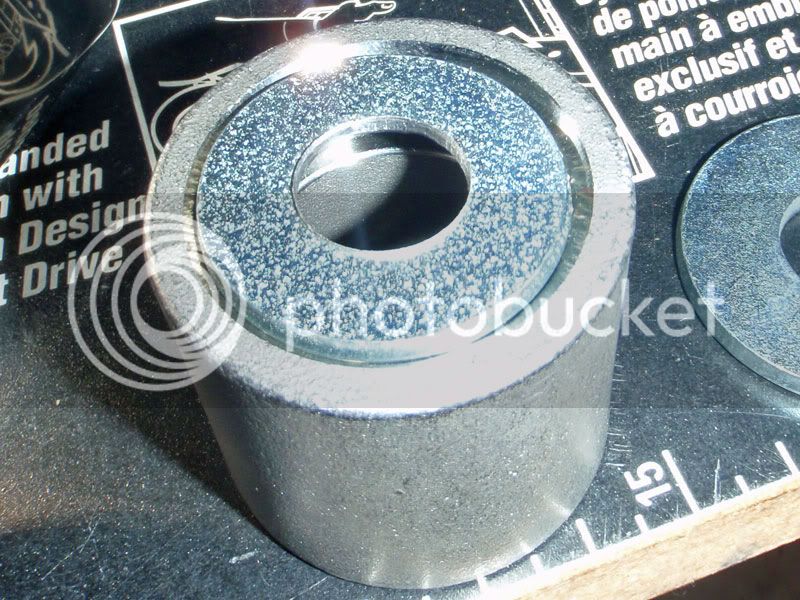
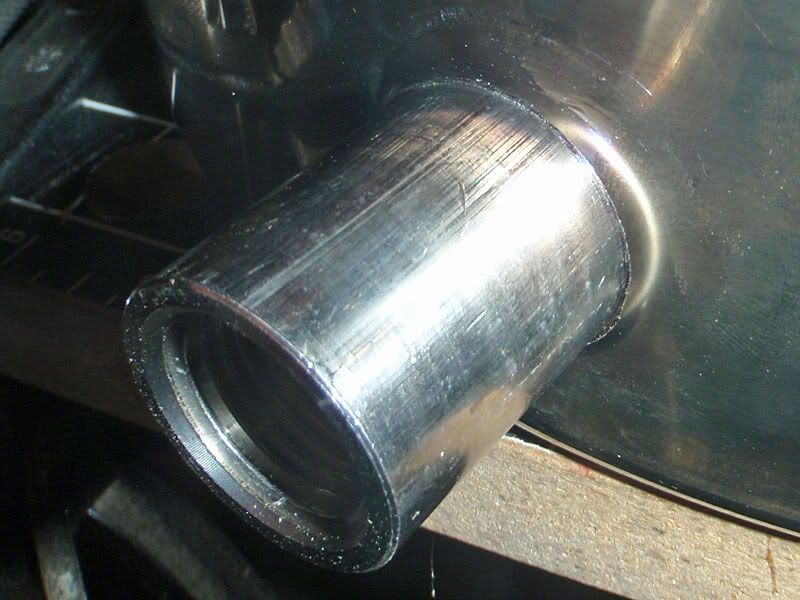
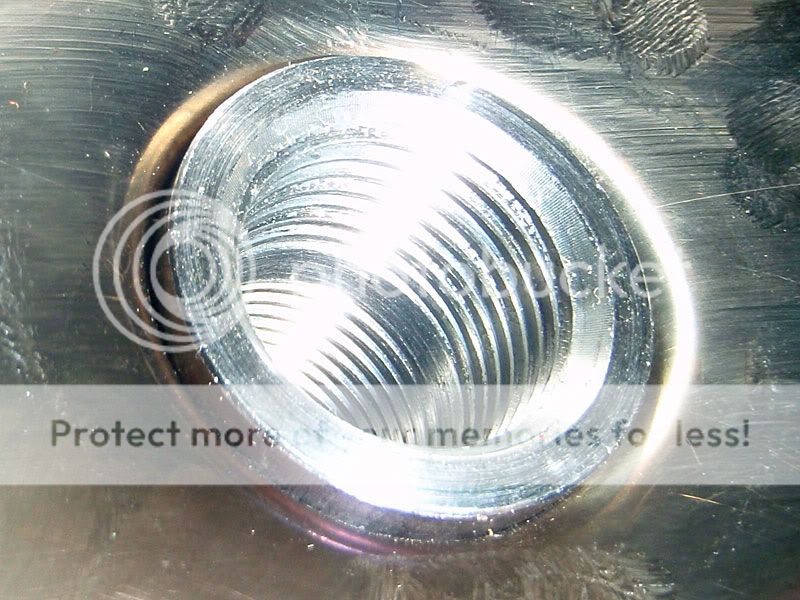
 :rockin:
:rockin:
